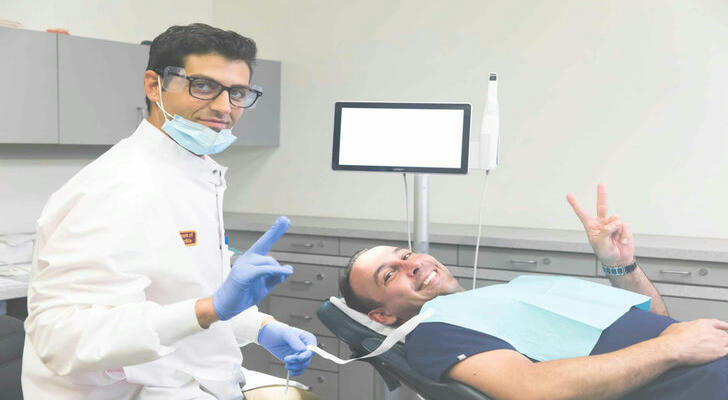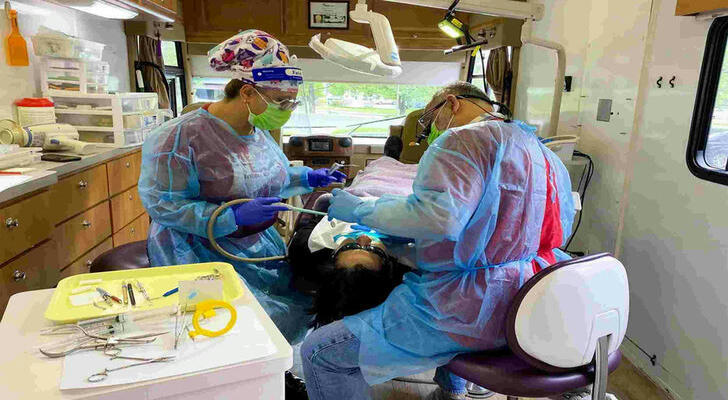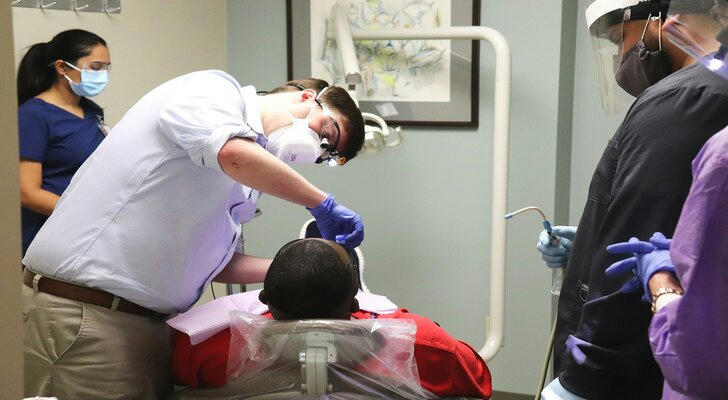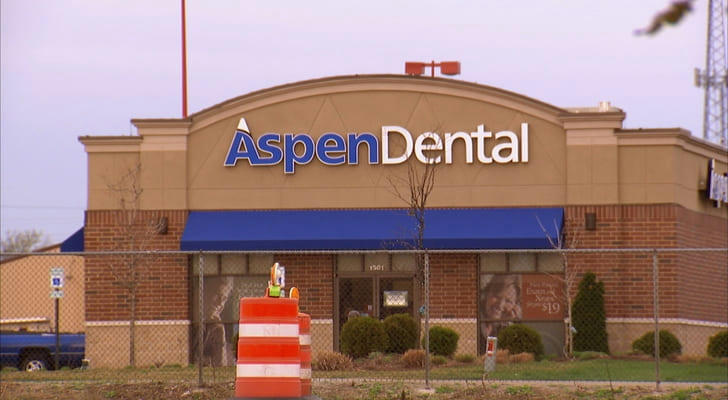How to Get Quality Dental Care Without burden of fees in the U.S.?
For many people in the United States, accessing affordable dental care can be a significant challenge. From routine check-ups to emergency treatments, dental services can often be prohibitively expensive, leaving individuals with the difficult choice of skipping necessary care or facing long-term dental issues. However, what if we told you that there are ways to access low-cost dental care, even if you don’t have dental insurance?
In this article, we will explore some of the best options for unlocking low-cost dental care in the U.S., helping you maintain a healthier smile without breaking the bank.

1.Dental Care for Eligible Groups through Medicaid
Medicaid provides comprehensive dental care to eligible individuals, with eligibility varying by state. Key groups that may qualify include:
• Children under 18: Comprehensive dental services, including preventive care and restorative treatments.
• Pregnant women: Coverage for preventive and emergency dental care.
• Low-income individuals: Includes people with disabilities, the elderly, and others who meet income requirements.
To access services, apply through your state's Medicaid program and check your state's specific guidelines.
2.Dental Care Through Federally Qualified Health Centers (FQHCs)
Federally Qualified Health Centers (FQHCs) are community-based healthcare providers that offer comprehensive care to underserved populations. Many FQHCs offer low-cost or sliding-scale dental services, making it a great option for individuals who do not have insurance or cannot afford private dental care. These centers provide a variety of dental services, including cleanings, fillings, extractions, and preventive care.
To find an FQHC near you, visit the HRSA Find a Health Center website or contact your local health department for more information.

3.Dental Schools Offering Low-Cost Treatment
Another option for accessing affordable dental care is to visit a dental school. Dental schools across the U.S. offer low-cost dental treatment provided by students under the supervision of experienced faculty members. These programs allow dental students to gain practical experience while offering affordable treatment to patients.
Some dental schools that provide low-cost dental care include:
• University of Southern California School of Dentistry (Los Angeles)
• Harvard School of Dental Medicine (Boston)
• New York University College of Dentistry (New York City)
• University of California, San Francisco, School of Dentistry (San Francisco)
• University of Michigan School of Dentistry (Ann Arbor)
While dental schools provide lower-cost care, patients should be aware that treatment may take longer than at a private practice, and more complex procedures may not be available. You can contact the dental school to learn about their services, eligibility requirements, and scheduling procedures.

4.Charity Organizations and Community Dental Clinics
Several nonprofit organizations and community-based health centers provide dental care for low-income individuals or those in urgent need. Some well-known dental charity programs include:
• DentaQuest: A nonprofit that offers dental services to underserved communities.
• Dentistry from the Heart: organizes annual events where volunteer dentists offer dental services to those in need. These events typically include cleanings, extractions, and sometimes more complex procedures, such as fillings or crowns.
• Mission of Mercy: which delivers dental services to underserved communities via mobile dental clinics. These clinics travel to various cities, providing dental check-ups, cleanings, fillings, and extractions.
These programs often operate through dental clinics or mobile units that visit underserved areas. Many of these services are provided on specific days or during designated events. To discover similar events in your area, visit the websites of organizations like Mission of Mercy and Dentistry from the Heart.
5.Dental Care Through Special Events or Initiatives
Throughout the year, various organizations host dental care days or events, often focusing on low-income individuals, the uninsured, or veterans. Events like Day of Service and Smiles for Life offer a wide range of dental services, including cleanings, fillings, and extractions, at a significantly reduced cost.

The Aspen Dental MouthMobile: A mobile dental office that traveled 150,000 miles from 2014-2020 to provide care to veterans and other underserved communities.
To take advantage of these events, keep an eye out for local announcements or visit websites like America’s ToothFairy or Dental Care to find events in your area.
6.Conclusion
In the U.S., for many, the cost of dental services can be a significant barrier, but there are plenty of low-cost resources available for those who need it. From dental schools and community health clinics to nonprofit organizations and government programs, there are many opportunities to access affordable dental services.
Remember, regular dental care is not only essential for your smile but also for your overall health. By exploring these options, you can ensure that you maintain a healthy mouth without the financial burden.
For more details, please see: Medicaid
